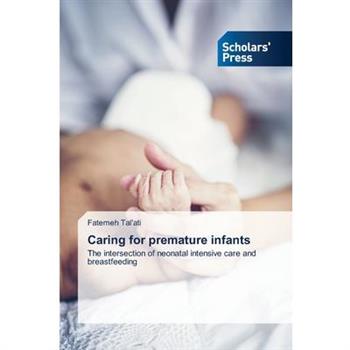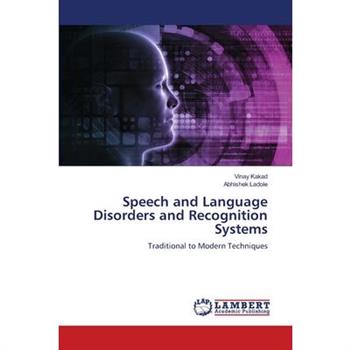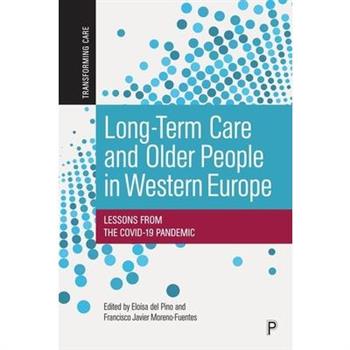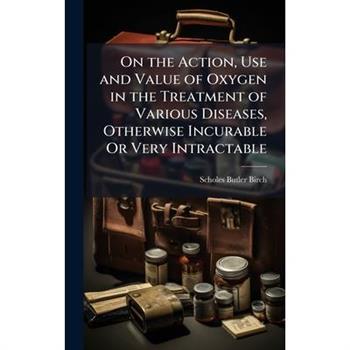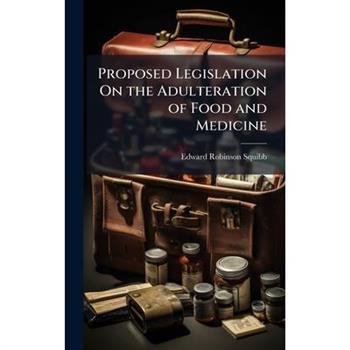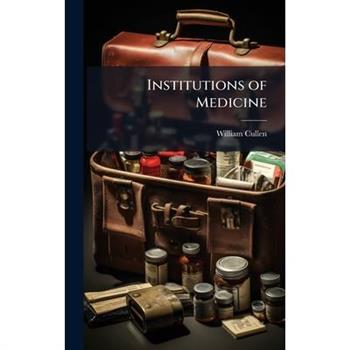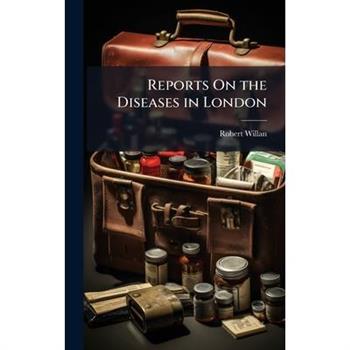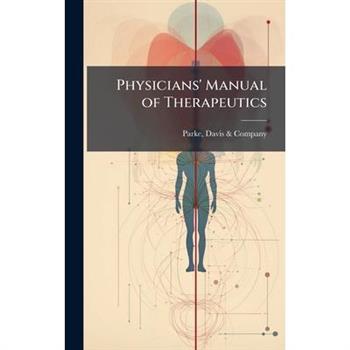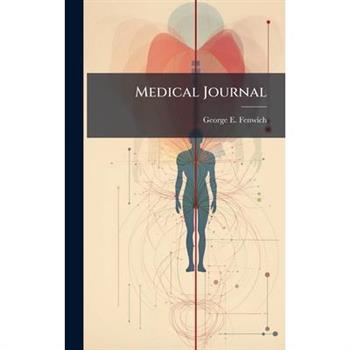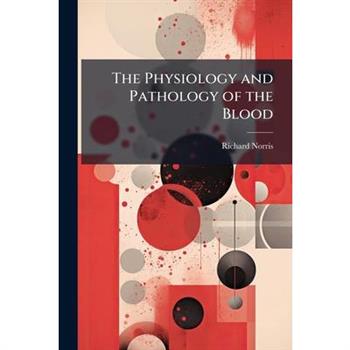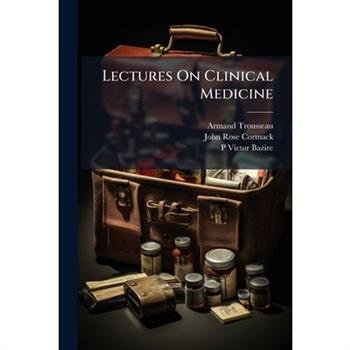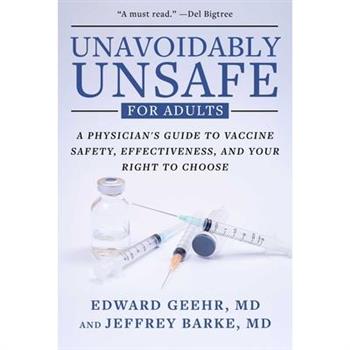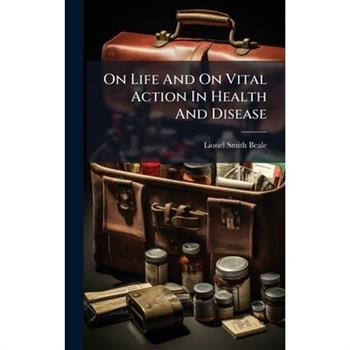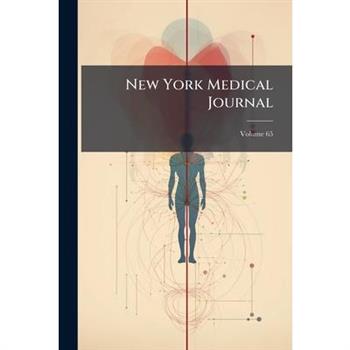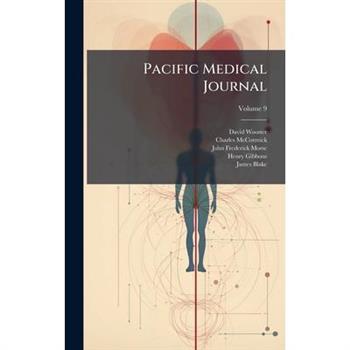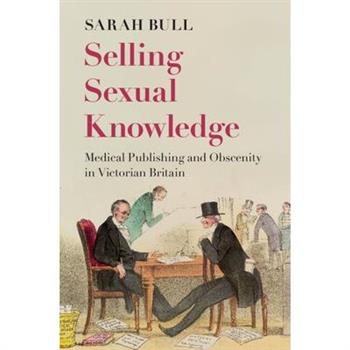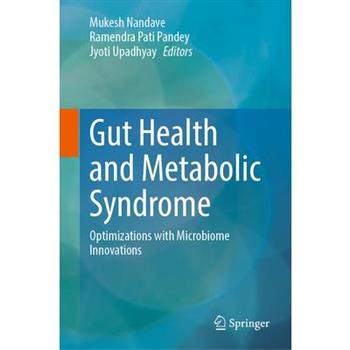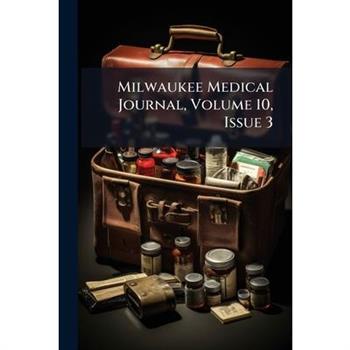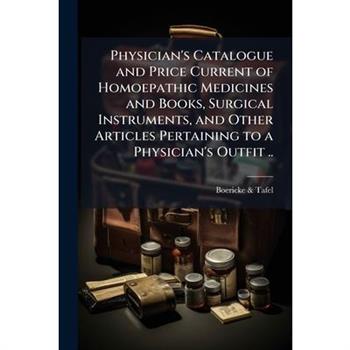Speech and Language Disorders and Recognition Systems
Long-Term Care and Older People in Western Europe
Based on a comparative study covering 15 Western European countries, this edited volume examines the responses of long-term care homes for older people to the COVID-19 pandemic. It analyses the preparedness of governments and residences and the structural weaknesses revealed and exacerbated by the crisis, such as staff shortages, the precariousness of employment in the sector, and the deficient coordination between the health and caring sectors. By examining the governance structures of the care home sector and their performance before and during the crisis, the book highlights the institutional, organisational, and management challenges facing care homes, both in continuing to provide services to an increasingly ageing population and in the event of future public health crises.
Practical Bacteriology, Hematology, and Parasitology
Are Viruses Alive?
How do bacteria dominate our lives? Do fungi have memory? Why did the proto-hippopotamus not reacquire gills? Offering fresh new angles on existence and what shapes it, join Noga Wies on a fascinating adventure through the stuff of life itself.
Are Viruses Alive?
How do bacteria dominate our lives? Do fungi have memory? Why did the proto-hippopotamus not reacquire gills? Offering fresh new angles on existence and what shapes it, join Noga Wies on a fascinating adventure through the stuff of life itself.
On Life And On Vital Action In Health And Disease
Selling Sexual Knowledge
Bringing together perspectives from the histories of medicine, sexuality, and the book, Sarah Bull presents the first study of how medical publications on sexual matters were made, promoted, and sold in Victorian Britain. Drawing on pamphlets, manuals, textbooks, periodicals, and more, this innovative book illustrates the free and unruly circulation of sexual information through a rapidly expanding publishing industry. Bull demonstrates how the ease with which print could be copied and claimed, recast and repurposed, presented persistent challenges to those seeking to position themselves as authorities over sexual knowledge at this pivotal moment. Medical publishers, practitioners, and activists embraced allegations of obscenity and censorship to promote ideas, contest authority, and consolidate emergent collective identities. Layer by layer, their actions helped create and sustain one of the most potent myths ever made about the Victorians: their sexual ignorance.This title is also available as open access on Cambridge Core.
Selling Sexual Knowledge
Bringing together perspectives from the histories of medicine, sexuality, and the book, Sarah Bull presents the first study of how medical publications on sexual matters were made, promoted, and sold in Victorian Britain. Drawing on pamphlets, manuals, textbooks, periodicals, and more, this innovative book illustrates the free and unruly circulation of sexual information through a rapidly expanding publishing industry. Bull demonstrates how the ease with which print could be copied and claimed, recast and repurposed, presented persistent challenges to those seeking to position themselves as authorities over sexual knowledge at this pivotal moment. Medical publishers, practitioners, and activists embraced allegations of obscenity and censorship to promote ideas, contest authority, and consolidate emergent collective identities. Layer by layer, their actions helped create and sustain one of the most potent myths ever made about the Victorians: their sexual ignorance.This title is also available as open access on Cambridge Core.
Gut Health and Metabolic Syndrome
This book integrates the latest advancements in biomedical science related to metabolic syndrome and microbiome research. It comprehensively covers a broad range of topics including composition and function of the gut microbiota in metabolic syndrome, mechanisms linking the gut microbiome to metabolic syndrome, dietary interventions, pharmacological approaches, exercise, lifestyle modifications, psychosocial factors, role of the gut microbiome in obesity and insulin resistance, and clinical applications and translational perspectives. Despite significant research on metabolic syndrome, its risk factors, therapeutic interventions and the role of microbiome, there is still lack of recent updates and massive efforts are required to update the information on these topics with special emphasis on potential interventions targeting the gut microbiome to mitigate metabolic syndrome risk. This book focuses on leveraging the intricate relationship between the microbiome, gut health, and metabolic syndrome, including dysbiosis, inflammation, impaired gut barrier function, mechanisms through which the gut microbiome influences metabolic syndrome including host-microbiota interactions, microbial metabolites, and immune modulation to develop innovative interventions aimed at improving overall health outcomes. The purpose of this research is to explore microbiome-based interventions that can positively influence gut ecology and mitigate the risk factors associated with metabolic syndrome. By understanding how specific dietary interventions, probiotics, prebiotics, and other microbiome-targeted therapies can modulate the gut microbiome, this work aims to develop effective strategies for optimizing gut health and metabolic function. Through interdisciplinary collaboration and cutting-edge research methodologies, this work strives to pave the way for personalized approaches to healthcare that prioritize the microbiome as a key determinant of overall health and well-being. The principal audience for this book comprises of pharmacologists, microbiologists, clinical pharmacists, and toxicologists.
Handbook of Food Allergen Detection and Control
Handbook of Food Allergen Detection and Control, Second Edition continues to be an essential resource of scientific and technical information in the food and analytical communities. This book provides information on current and emerging technologies for detecting and reducing allergens to improve allergen control overall. Written by experts in the field, it offers a wide scientific perspective on allergens and includes hot topics such as food allergen labeling and consumer perspectives on food allergen labels. Chapters are fully revised to include the latest information in the industry, including practical applications of new methods and control strategies. The book is useful for anyone in the food supply chain. The book reviews current and emerging technologies for detecting and reducing allergens, as well as issues such as traceability, regulation, and consumer attitudes. Following an introductory chapter by a distinguished expert, Part One covers allergen management throughout the food chain. Part Two details current and emerging methods of allergen detection in food, with Part Three covering methods for reducing and eliminating allergens in food. Finally, Part Four focuses on the control and detection of individual food allergens and the risks each one presents in food manufacturing.






